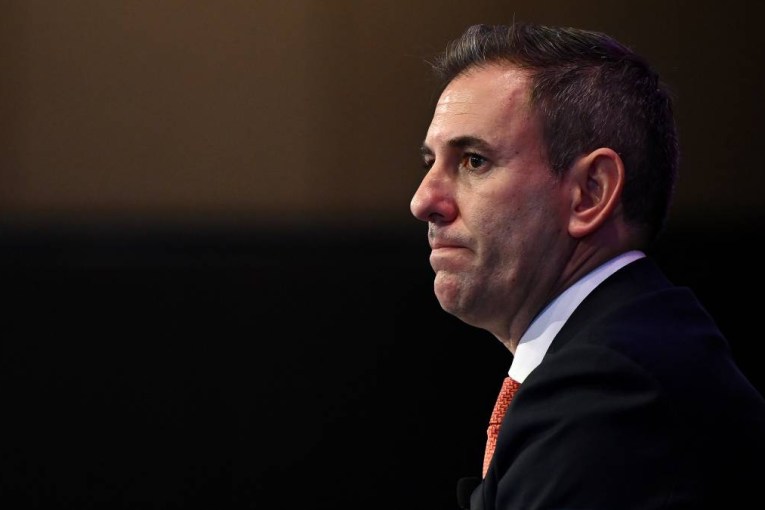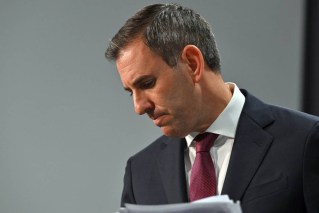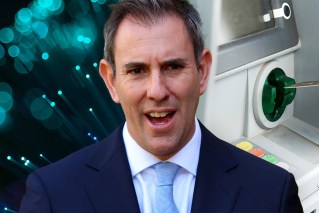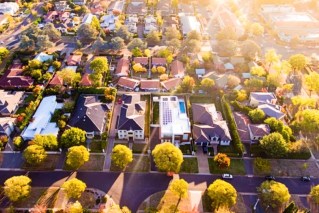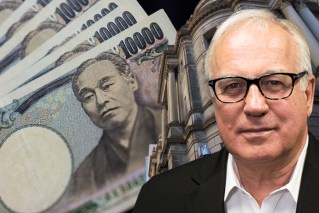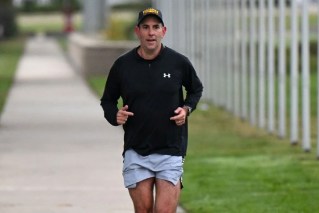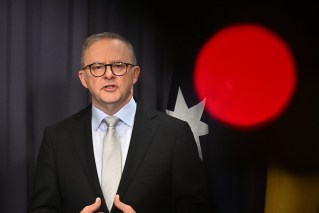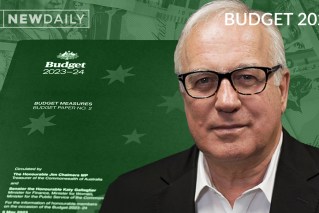The controversial policies the RBA could use to save the economy

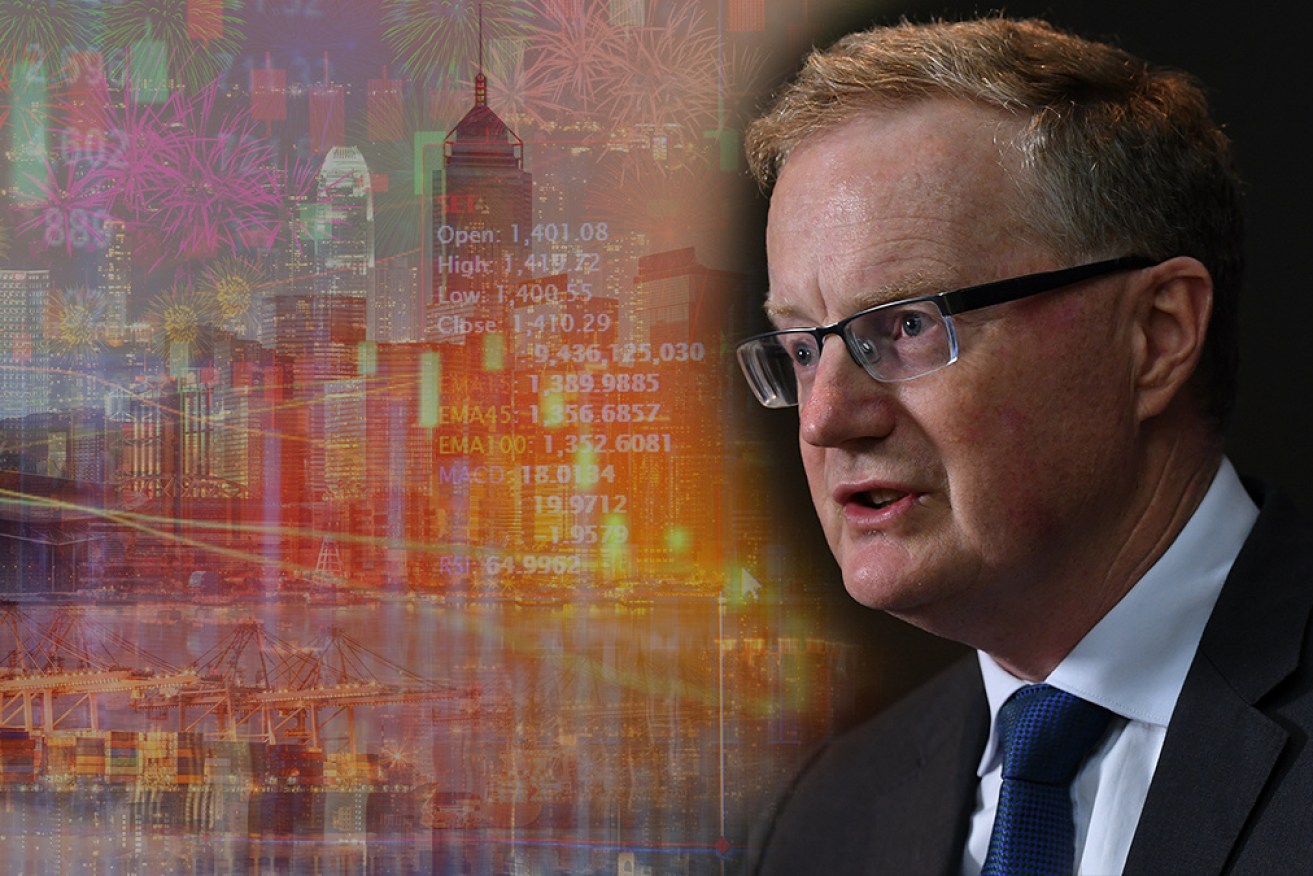
RBA governor Philip Lowe has some unconventional policy options up his sleeve, but he won't use them lightly.
The Reserve Bank has run out of conventional weaponry in its fight against the recession, but it still has some experimental tools at its disposal.
These so-called ‘unconventional policies’ could save Australia’s economy, but only if the RBA has the stomach to unleash them.
Unemployment has surged to 7.5 per cent and economists predict it will continue on that trajectory and hit 10 per cent by December.
In the past, Reserve Bank governor Philip Lowe has rushed to the aid of the economy in these situations by lowering rates to boost lending and spending.
But having already slashed the official cash rate to a record-low 0.25 per cent, Dr Lowe’s preferred policy weapon is looking blunt at best and useless at worst.
With the average home loan rate now at just 3.43 per cent and term deposits paying below 1 per cent, there’s little room left for further interest rate cuts.
Instead, Dr Lowe may need to rely on new tricks that neither he nor Treasurer Josh Frydenberg are keen to implement.
Negative rates
Perhaps the most well-known unconventional policy option is negative interest rates.
This refers to a scenario in which the RBA cuts the official cash rate – which is the interest rate the RBA pays other banks for parking their money overnight – below zero.
This would force banks to pay the RBA to hold their money and consequently encourage them to lend more freely and cheaply.
But it wouldn’t mean regular savers were forced to pay for their deposits.
“In practice, it means that banks would pay a tax on deposits and it would squeeze their profits,” independent economist Saul Eslake told The New Daily.
“[Former treasurer] Peter Costello once said ‘the only thing worse than very profitable banks is unprofitable banks’ – especially at a time like this when they need to be strong.”
Mr Eslake noted that none of the countries that have implemented negative rates so far – most famously Japan – have lowered rates further during this pandemic.
“They obviously think it doesn’t work that well,” he said.
Helicopter money
‘Helicopter money’ refers to the central bank printing bank notes and giving them to the government or directly to the public.
Australian policymakers are unlikely to use the policy here as the federal government has plenty of room to increase debt and therefore doesn’t need the central bank to directly finance its spending.
But it has used more conventional cash handouts in the past.
Think back to Kevin Rudd’s $900 payments after the GFC in 2009, when money was put into citizens’ hands to stimulate spending.
Prime Minister Scott Morrison’s two $750 coronavirus payments also fall into this category, and JB Were bond specialist Laurie Conheady said the federal government had enough financing at its disposal to easily extend this program.
“When the government issues bonds, investors are happy to take them up,” he said.
And these investors aren’t seeking ‘high yields’ either, which means the government doesn’t need to pay a high rate of interest on the bonds.
Quantitative easing
Another commonly-discussed policy option is ‘quantitative easing’ (QE).
This refers to central banks buying corporate or government bonds to drive down interest rates.
Dr Lowe did not believe in QE before the pandemic struck, but on March 19 the central bank started buying three-year government bonds in a bid to keep their yield (the interest they pay to investors) at 0.25 per cent.
BIS Oxford Economics chief economist Sarah Hunter said it could expand this program.
“QE could be expanded to other assets like 10-year bonds. The US Federal Reserve buys mortgage-backed securities and corporate debt,” she told The New Daily.
But the effectiveness of this policy could be hampered by weak demand (a by-product of the collapsing labour market), which Dr Hunter said monetary policy “can’t influence”.
Boosting our firepower
The federal government has already spent more than $200 billion on the coronavirus response, but University of Newcastle economist Bill Mitchell – one of the founders of ‘Modern Monetary Theory’ (MMT) – said that’s not enough.
“We’ve spent $100 billion less than the government should have spent,” he said.
“In late March, the government could have stopped all the increase in unemployment and loss of income by saying we will insure all income for the next six or 12 months.”
But what about government debt?
Under the controversial rules of MMT, there are no constraints on government spending as long as the money is channelled to productive ends.
That’s because the money theoretically flows between government and the community in ways that build productive capital.
Professor Mitchell used public housing as an example.
Spending on public housing “where there is a 400,000 unit shortage,” and on bushfire recovery and renewable energy through the Hunter region would affordably drive economic growth, he said.
But MMT has its fair share of detractors, including Liberal MP Tim Wilson.
The viability of policies relying on MMT will form part of the standing economics committee’s questioning when Dr Lowe speaks on Friday.
“There’s never been a more lively time to discuss monetary policy, with reckless proposals for Modern Monetary Theory floated in the media,” Mr Wilson said.
“This hearing will provide a good opportunity for the RBA to outline the shortcomings of such proposals.”


